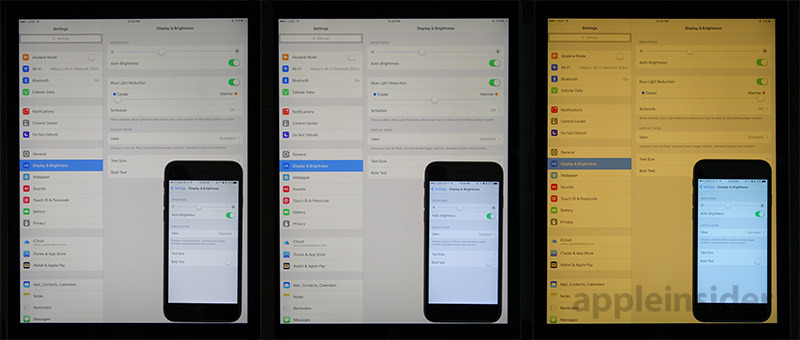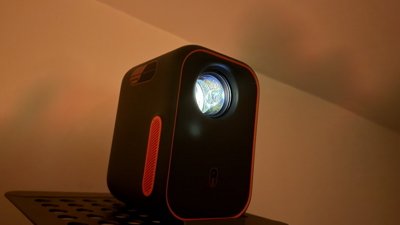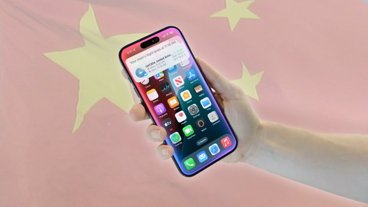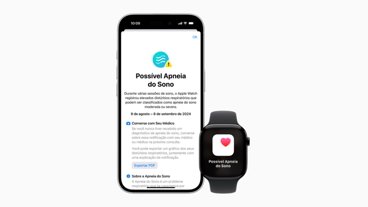With its latest iOS 9.3 beta, Apple is for the first time allowing users to access and control display temperature on their iPhones and iPads, albeit in limited fashion, through a feature called Night Shift.
According to Apple, the cleverly named Night Shift shifts an iOS device's display color temperature to help ease physiological side effects of being exposed to cool blue light — a default temperature for most LCDs — at night.
When activated, Night Shift uses the device clock and geolocation tools to calculate local sunset, automatically shifting display colors toward the warmer end of the spectrum for optimal night time viewing. Colors return to normal in the morning.
In iOS 9.3, Night Shift is found in the Display & Brightness settings menu under "Blue Light Reduction," and comes toggled off by default. Users can dynamically preview cool and warm tones via a slider control, though an exhibited setting will only by applied when Blue Light Reduction is switched on.
In practice, the slider's midpoint is not actually the factory iOS device setting. Sliding all the way to the "Cooler" end of the spectrum reproduces a normal operating color temperature, while the slider midpoint is halfway between that and Cooler's extreme "Warmer" opposite.
For those familiar with the Kelvin-based color temperature index, Apple's warmest setting appears to border on a CCT of 2,700K, normally associated with warm white LEDs. A good real world example is a deep yellow-orange or ochre sky at sunrise or sunset.
There are few customizations offered with Night Shift, though users can schedule their device to make color changes from sunset to sunrise or create custom schedule, perhaps just before before bed to sunrise.
 AppleInsider Staff
AppleInsider Staff








 Wesley Hilliard
Wesley Hilliard
 Malcolm Owen
Malcolm Owen
 Andrew Orr
Andrew Orr
 William Gallagher
William Gallagher
 Sponsored Content
Sponsored Content
 Christine McKee
Christine McKee

 Thomas Sibilly
Thomas Sibilly







30 Comments
Looks like they are doing what f.lux has been doing for quite some time on PC's, Mac's and Android's platform. I've been using f.lux for a few months and its great. https://justgetflux.com/ Apple would not let them control the display so unless you would jailbreak your phone/ipad you couldn't use this app on iOS. Now looks like apple copied and making it native. f.lux was free and open source btw
I'm honestly unsure if I will utilize this feature or not. I like that Apple pays attention to details such as this, though, and I'll certainly give it a try.
Why not just do a dark theme like people have been asking for years?? Jesus